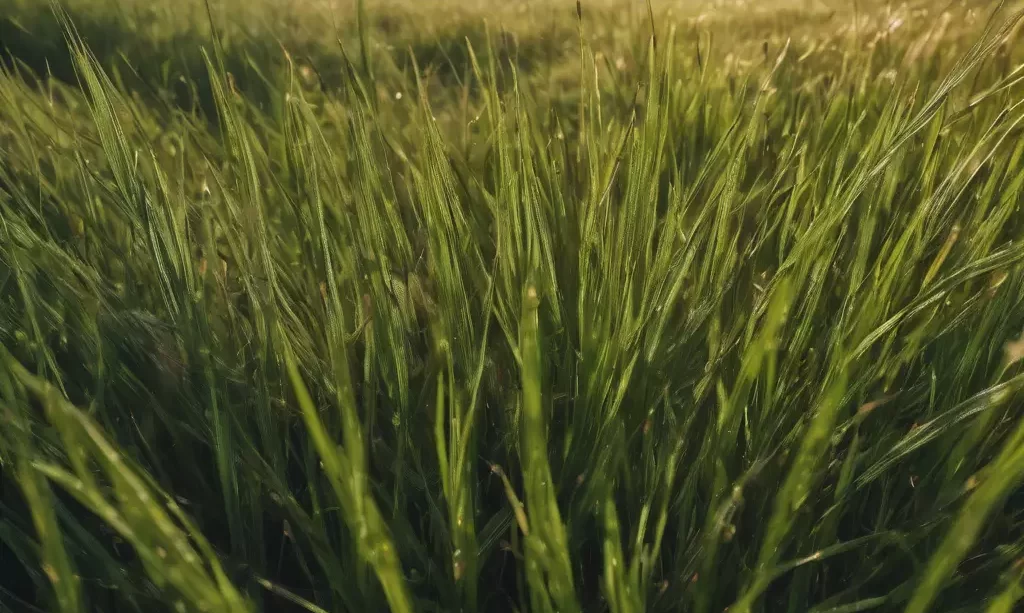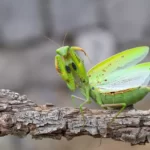Buffalo grass, a native to the North American Great Plains, has gained popularity in landscaping for its resilience and low maintenance requirements. Adaptable to a wide range of environments, it’s often chosen for lawns in areas prone to drought. Recognizing buffalo grass is essential for proper lawn care and landscaping decisions, particularly in regions where water conservation is a priority.
Characteristics of Buffalo Grass
Buffalo grass is distinguishable by its fine-textured, blue-green leaves that form a dense, soft turf. Typically, it grows to about 2-5 inches in height and spreads through stolons, creating a thick, carpet-like appearance. The color can vary from a vibrant green in well-watered conditions to a more subdued blue-green or even grayish-green during droughts. Its ability to change color according to water availability is one of its key adaptive traits.
Leaf Structure
A close examination of the leaves is crucial for identifying buffalo grass. The leaves are generally narrow, only about 1/8 inch wide, with a sharp point at the tip. Unlike many other turf grasses, buffalo grass leaves curl along their length, which can give the turf a slightly curly look. This feature is particularly noticeable during hot or dry periods. The leaf blades are also shorter compared to other common lawn grasses, contributing to its low-profile growth habit.
Growth Habits
Buffalo grass exhibits a unique growth pattern compared to other turf grasses. It is a warm-season grass, thriving in the hotter months of the year. During this time, it grows vigorously and spreads quickly through its stoloniferous (running stems) growth habit. In cooler temperatures, particularly in the late fall and winter, buffalo grass will enter dormancy, turning a tawny brown color. This seasonal dormancy is a natural adaptation to conserve resources.
Flowering and Seed Heads
One of the distinct features of buffalo grass is its flowering and seed head production. The grass produces separate male and female flowers on different plants (dioecious). The male flowers appear on stalks that rise above the foliage, while the female flowers are found closer to the base of the plant and are less conspicuous. Seed heads are typically seen in the summer and are a good indicator of the grass’s identity, especially when both male and female flowers are present and visible.
Root System
Buffalo grass’s root system is another key identifier. It has a deep and extensive root system, which can extend 5-6 feet into the soil. This robust root network enables the grass to access moisture from deeper soil layers, contributing to its exceptional drought tolerance. The roots are thinner and more fibrous compared to some other grass species, allowing them to efficiently absorb water and nutrients.
Environmental Preferences
Understanding the preferred environment of buffalo grass can aid in its identification. It naturally thrives in well-drained, loamy soils but is adaptable to a variety of soil types. Buffalo grass prefers full sun exposure and does not do well in shaded areas. Its optimal growth occurs in regions with moderate to low rainfall and it can tolerate high temperatures and drought conditions. In its native habitat, buffalo grass is often found in open plains and prairies, which can be a clue to its presence in a landscape.
Common Varieties of Buffalo Grass
There are several cultivars of buffalo grass available, each with subtle differences in appearance and growth. Some popular varieties include ‘Bowie’, ‘Cody’, and ‘Prestige’, which have been bred for specific traits like denser growth, finer texture, or improved green color. These cultivated varieties often exhibit enhanced characteristics for lawn use, such as increased turf density and uniformity, but still retain the essential identifying features of buffalo grass.
Conclusion
Identifying buffalo grass involves observing its distinctive leaf structure, growth habits, flowering patterns, and root system, as well as understanding its environmental preferences and common varieties. Recognizing this native grass is not only important for proper lawn care and landscaping in suitable regions but also for appreciating its unique adaptation to challenging environments. Buffalo grass stands as a testament to the beauty and resilience of native plant species, offering a sustainable and low-maintenance option for landscaping needs.



